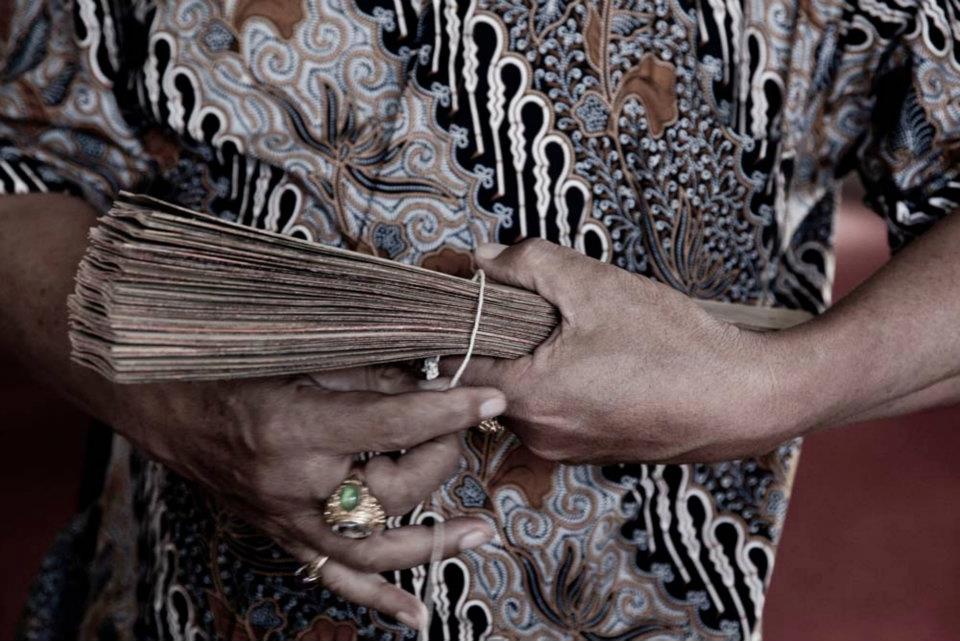It’s no wonder that we can find more vivid and definitive evidence of this comprehensive knowledge in textual sources known as “usada” manuscripts. “Bali Usada,” which translates to ‘Balinese-style healing,’ refers not only to individual texts but to a collection of ancient palm-leaf manuscripts (dating from around the 10th to the 14th century AD) that are still preserved and utilized by the Balinese community. These manuscripts have been translated in efforts towards standardization by competent authorities. From these translations, one can discern the knowledge of utilizing moringa (Moringa oleifera Lam.). Thus, we can conclude that the utilization of moringa in Indonesian society has an extensive history, spanning not just hundreds but possibly thousands of years. So, if there are individuals in the population unfamiliar with moringa, it may be attributed to limited literacy.
Efforts to rediscover and understand the “Bali Usada” manuscripts continue to this day. The findings of this research are shared with the public through various means, including recipe trials, the reconstruction of Usada Gardens, and strengthening through gubernatorial regulations. For foundational knowledge, here are some unique roles of moringa in “Bali Usada.”
Moringa, alongside other medicinal plants, is described as conveying its unique qualities to a priest named mPu Kuturan,
“…Titiang wit kelor daging tis engket barak nyem, akah panes, dawun titiange dados anggen tamba sakit mata, rawuhing jeruk lengis, uyah areng saring degdegang, tutuh netrania…”. “… I am the moringa tree, my bark is cool (tis), my red resin is cold, my roots are warm, and my leaves can be used as eye medicine when mixed with lime, crushed saltwater, and strained. The strained liquid is used to treat the eyes…”.
Apart from eye medicine, the “Bali Usada” manuscripts also mention moringa’s effectiveness in treating various conditions like “Tiwang lunak” (a soft stomach), “Hulu hati terasa enek” (a heavy liver), and “meluang” (nausea). Thus, a variety of stomach-related ailments can be cured with moringa, generally utilizing its bark, along with other ingredients. Moringa is also prescribed for a range of respiratory issues, fevers, headaches, mental disorders, skin conditions, muscle and joint pain, for both adults and infants.


